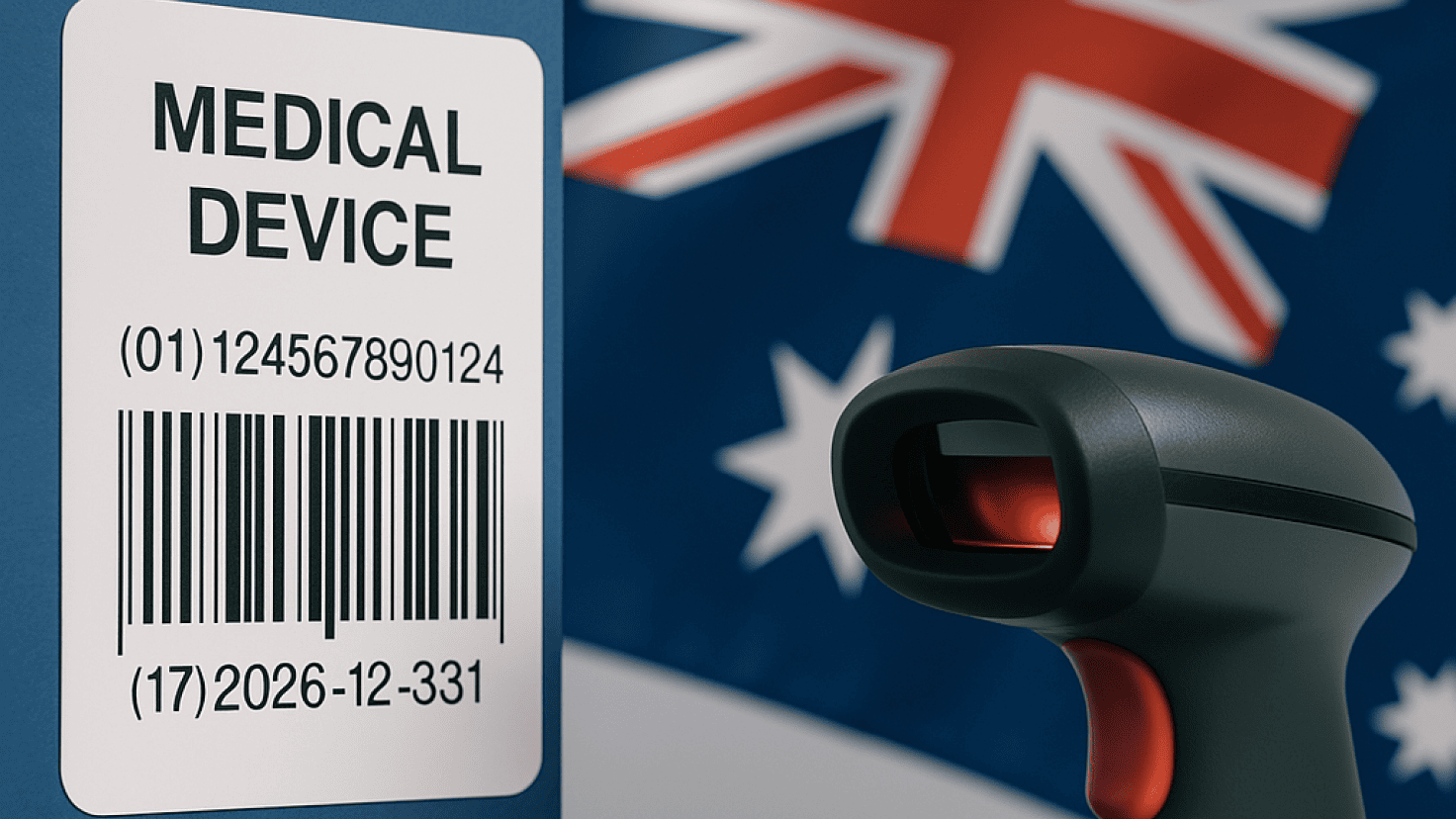The European Commission has issued a guidance document dedicated to the information obligation in case of interruption or discontinuation of supply of certain medical devices and in vitro diagnostic medical devices. Structured as a questions-and-answers document, the guidance provides an overview of the relevant regulatory requirements, as well as additional clarifications and recommendations to be taken into consideration by the parties involved in medical device supply in order to ensure compliance.
At the same time, provisions of the guidance are non-binding in their legal nature, nor they are intended to introduce new rules or impose new obligations. The Commission also reserves the right to make changes to the guidance and recommendations provided therein, should such changes be reasonably necessary to reflect corresponding amendments to the underlying legislation.
Manufacturers’ Obligation to Inform Stakeholders
First of all, the document states that under Article 10a (1) of the MDR/IVDR, manufacturers of medical devices and in vitro diagnostic medical devices have a clear obligation to inform specific stakeholders when they anticipate an interruption or discontinuation in their device supply. This regulation aims to ensure that disruptions are communicated in a timely and organized manner, so all affected parties are informed and can take necessary actions to protect patient health and safety.
The notification obligation under Article 10a requires manufacturers to inform:
- Direct Recipients: Economic operators (EOs), health institutions (HIs), and healthcare professionals (HCPs) to whom the manufacturer directly supplies the device. These stakeholders are the primary recipients of the notification, as they are immediately affected by any disruptions in the device supply.
- Competent Authorities: The competent authority of the Member State where the manufacturer or its authorized representative is located. This notification allows regulatory bodies to understand and monitor potential risks, enabling them to take preventive measures, if necessary, to maintain healthcare continuity.
Manufacturers must ensure that all relevant EOs, HIs, and HCPs directly supplied by them are notified if there is a foreseeable interruption or discontinuation in supply that could impact their ability to access the device. However, if these parties are not affected by the anticipated disruption – such as if the manufacturer had already ceased supply before the interruption was anticipated – then they are not required to be informed.

Downstream Communication within the Supply Chain
Manufacturers are only responsible for informing the direct recipients of their products. For stakeholders further down the supply chain, such as distributors or other intermediaries, the responsibility of relaying this information lies with the economic operators (EOs) directly notified by the manufacturer.
This onward flow of information ensures that all impacted entities, including the final recipients such as health institutions and healthcare professionals, are aware of the anticipated supply disruption or discontinuation.
Example of Onward Information Flow in Case of a Supply Disruption
When explaining the relevant requirements in detail, the document provides an example where a manufacturer of a CE-marked pacemaker, located outside the EU, anticipates a supply interruption starting on December 1, 2025. This manufacturer does not directly supply the pacemakers to health institutions but instead supplies them to importers who, in turn, distribute them to various distributors.
These distributors ultimately deliver the devices to health institutions across multiple EU Member States.
In this scenario, the information flow would proceed as follows:
I. Initial Manufacturer Notification: By June 1, 2025 – six months prior to the expected supply interruption – the manufacturer must notify the competent authority in the Member State where its authorized representative is located. Additionally, the manufacturer must inform all relevant importers of the anticipated disruption.
II. Downstream Communication:
- Importers: Upon receiving this notification, the importers must, without undue delay, communicate this information to all distributors to whom they supply the device.
- Distributors: The distributors, upon receiving the information, must also relay it, as provided by the manufacturer, to any other distributors they work with, and ultimately to the health institutions to which they supply the device.
This example illustrates the importance of coordinated communication across the supply chain to ensure that the notification reaches all impacted parties in time for them to take appropriate action.
Timing for Notifications
The regulation further stipulates that manufacturers should inform all relevant stakeholders at least six months before the anticipated interruption or discontinuation of supply, except in exceptional circumstances where advance notice is not feasible. The “six-month” requirement is a minimum, and manufacturers are encouraged to provide notification earlier if possible, especially in cases of planned discontinuations.
Early notification is beneficial as it provides sufficient time for stakeholders to consider alternatives and plan for any adjustments needed in their clinical operations. However, the Commission acknowledges that certain situations may prevent manufacturers from meeting the six-month advance notice requirement.
Exceptional circumstances are defined as situations where the supply interruption or discontinuation is caused by unforeseen, sudden events. These may include natural disasters, unexpected shortages of raw materials, or sudden financial difficulties that disrupt manufacturing.
In such cases, manufacturers must inform stakeholders “without undue delay” once the disruption or discontinuation is confirmed. To ensure compliance, manufacturers are encouraged to establish robust processes and monitoring systems to detect potential supply issues and communicate them promptly.
Proactive planning helps manufacturers to fulfill their notification obligations even in rapidly changing situations.
Definition of Anticipated Supply Interruption or Discontinuation
As explained in the guidance, the terms “supply interruption” and “discontinuation” have specific meanings within the MDR/IVDR framework:
- Supply Interruption: This is understood as a temporary inability to place specific models or types of a device on the EU market due to a confirmed disruption in manufacturing or supply. Generally, this is defined as a disruption lasting over 60 days. However, if a shorter interruption is deemed by the manufacturer to pose a risk of serious harm to patients or public health, the manufacturer should still notify stakeholders.
- Discontinuation: This term applies when a manufacturer decides to permanently stop supplying a device model or type, meaning that the device will no longer be available on the EU market.
In both cases, “anticipation” refers to a confirmed understanding by the manufacturer that an interruption or discontinuation will occur. This involves analyzing the issue, evaluating possible mitigation strategies, and preparing an appropriate communication plan to inform stakeholders.
Anticipation does not require consideration of alternative devices available on the market from other manufacturers, as the focus remains on the manufacturer’s own devices and supply capabilities.
Categories of Reasons for Interruption or Discontinuation
Manufacturers are expected to specify the reasons for anticipated supply disruptions when notifying competent authorities.
The reasons, which can vary widely, fall into several broad categories:
- Regulatory: Regulatory issues may lead to supply interruptions or discontinuations. This could include loss of compliance with specific MDR or IVDR requirements, certification delays, or a decision by the manufacturer to cease marketing the device.
- Manufacturing: Performance issues related to device manufacturing can result in temporary or permanent disruptions. These could stem from defects, quality control issues, or production challenges.
- Supply Chain: Supply chain disruptions, such as shortages of essential raw materials or components, can prevent the manufacturer from maintaining regular supply.
- Other Factors: Unforeseen business or marketing decisions, financial constraints, or unpredictable external events may also necessitate an interruption or discontinuation of supply.
The specific reason(s) should be documented in a “Manufacturer Information Form” and shared with the competent authority to provide additional context for the disruption. This allows regulators to assess potential risks and impacts on healthcare continuity.
Situations Where Notification May Not Be Required
According to the document, there are specific cases where manufacturers may not need to inform stakeholders under Article 10a.
These include:
- Successor Device: If the device being discontinued is replaced with a successor device serving the same intended purpose, manufacturers may not need to notify stakeholders, as a suitable alternative would remain available.
- Sufficient Stock: If the manufacturer has a stockpile of the device to meet anticipated demand during the interruption period, notification may not be necessary.
- Availability of Alternatives: If health institutions or healthcare professionals have confirmed that a suitable alternative device exists to meet demand and there is no anticipated risk to patients or public health, notification may not be required.
These exemptions aim to reduce unnecessary reporting while ensuring patient health and safety remain the primary concern.
Conclusion
In summary, the present EC guidance provides a comprehensive overview of the responsibilities and considerations for manufacturers regarding notifications, ensuring clarity on the regulatory expectations under Article 10a of MDR/IVDR.
Source
How Can RegDesk Help?
RegDesk is an AI-powered Regulatory Information Management System (RIMS) designed to simplify global compliance for medical device companies. With regulatory intelligence covering 120+ markets, RegDesk helps you prepare and publish global submissions, manage standards, conduct impact assessments, and stay ahead of regulatory changes all from a single, centralized platform. Expanding into new markets has never been easier.
 European Union
European Union 




